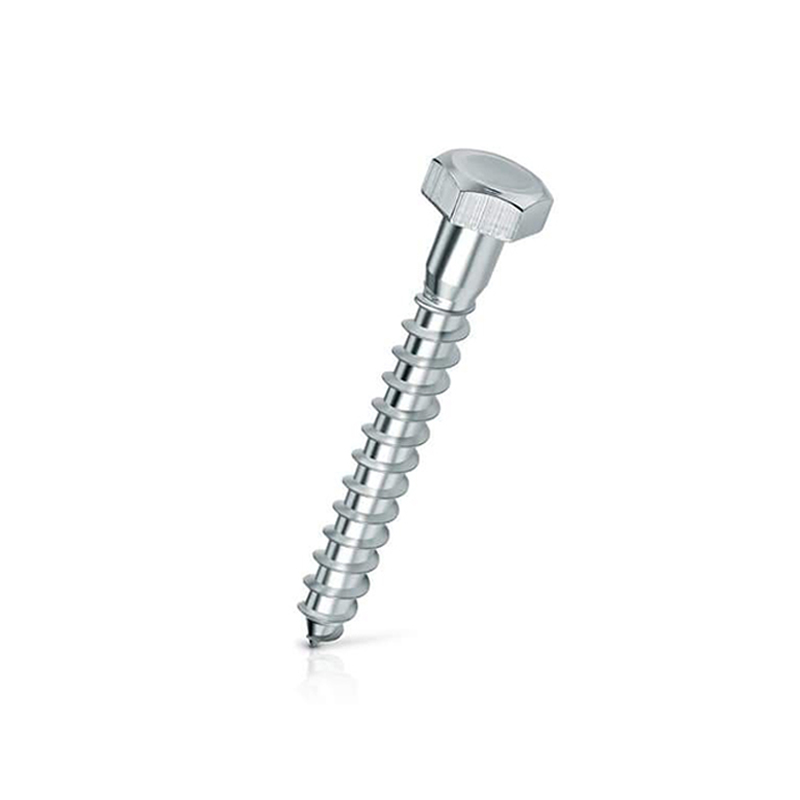Here Dr Bill Eccles, from Bolt Science, looks at why, when some bolts are deliberately tightened past their yield point, they don’t come loose when an external load is subsequently applied.
W hen a bolt is tightened into its plastic region, yielding is the result of the combined effects of both tensile/axial stress and the torsional stress exceeding the yield point of the bolt material. The tensile/axial stress is the result of the extension/stretching of the bolt and the torsional stress, as a result of the thread friction and stretch torque acting on the thread. When the joint sustains an external loading, there are two effects that allow the bolt to be axially loaded without sustaining further plastic deformation. Bolt Wedge Anchor

Firstly, a significant proportion of the torsion in the bolt, typically 50% or so, disappears as soon as the tightening operation is concluded. There is a change in the torque reaction within the fastener. For example, if the nut is tightened, there will be a torsion acting down the shank being driven from the socket and reacted at the bolt head. When the socket is removed, the torsion is then reacted between the nut face and the bolt head – with it being reduced by 50% or so. The remaining torsion is thought normally to disappear as a result of embedding/relaxation losses. Secondly, a new yield point forms at the point on the strain curve that the bolt had been tightened to. This effect is referred to as the Bauschinger effect 1 .
The net result of these two effects is that even with the bolt tightened plastically, it will perform elastically when external loads are applied to the joint. Obviously there are limits to the magnitude of the load that can be applied before yielding occurs. In many applications, joint separation occurs before the bolt yields. One important exception is for joints consisting of different materials that are subjected to a significant temperature change. One such application is a steel bolt in an aluminium joint. In such joints the bolt can further yield as a result of differential thermal expansion subsequent to it being tightened – the coefficient of thermal expansion of aluminium is broadly twice that of steel and so the joint thickness increases with rising temperature at a greater rate than the steel expands. Effects such as a reduction in the yield strength of the material at an elevated temperature can also play a part. In some of these cases, for example cylinder head bolts, yielding can occur when the engine first starts and heats the block, but the yielding is limited and is stabilised in subsequent heat cooling cycles.
Will joined Fastener + Fixing Magazine in 2007 and over the last 15 years has experienced every facet of the fastener sector - interviewing key figures within the industry and visiting leading companies and exhibitions around the globe.
Will manages the content strategy across all platforms and is the guardian for the high editorial standards that the Magazine is renowned.
Don't have an account? Sign Up

Drywall Screw Signing up to Fastener + Fixing Magazine enables you to manage your account details.